Binding Methods FAQ
Whether you are printing an 8-page brochure or 400-page catalog or magazine, Printco's Bindery department has methods that fit your needs and style. These images below illustrate our most popular binding options. If you are looking for something not listed here, contact us at sales@printcographics.com to inquire.
Binding Illustrations
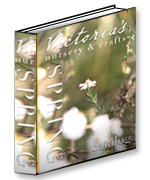 Perfect Binding Perfect for catalogs or magazines, this achieves the flat-edge effect of a hard-bound book without the cost. We print and score a wrap-around cover, then glue the inside pages to the spine. | 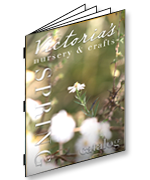 Saddle Stitch Binding Our most popular option! Saddle-stitching can be used on booklets, brochures, or magazines, from 8-pages up to 90. Inexpensive yet attractive, this method binds pages with two staples along the outside edge. |
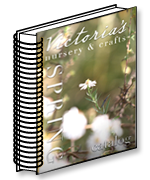 Coil/ Continuous Loop Binding Great for catalogs or instructional booklets, coil binding uses colored plastic to hold pages together, allowing the reader to open the book flat to any page. Ask about our coil color options. | 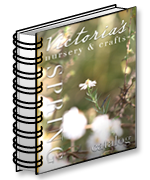 Wire-O Binding Also known as twin-loop binding or double-loop binding, this option is popular for daily calendars, appointment books, or even scorebooks. We thread a silver wire along the edge of the pages, similar to the notebooks used in schools. |
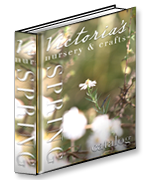 Hard Cover Binding For books intended to be stored for decades, we recommend hard cover binding (also known as case binding). Similar to the hard cover books you'll find at any bookstore, with this method we print and score the cover, wrapping it around the sheets, and stitch the pages to the spine. Cover materials can be paper, vinyl, even leather. You may also choose a printed paper dust jacket to be wrapped around it for protection. | 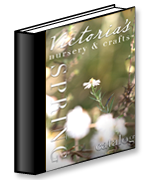 Tape Binding With this affordable option (often used for notebooks or instructional brochures), we apply a strip of tape to the spine to secure the pages, overlapping the bound edge. Ask about our color options for the tape binding. |
 GBC Another inexpensive option (frequently seen on recipe books) uses a plastic "comb" that wraps through holes punched in the pages. Ask about our color options for these plastic spines. | |